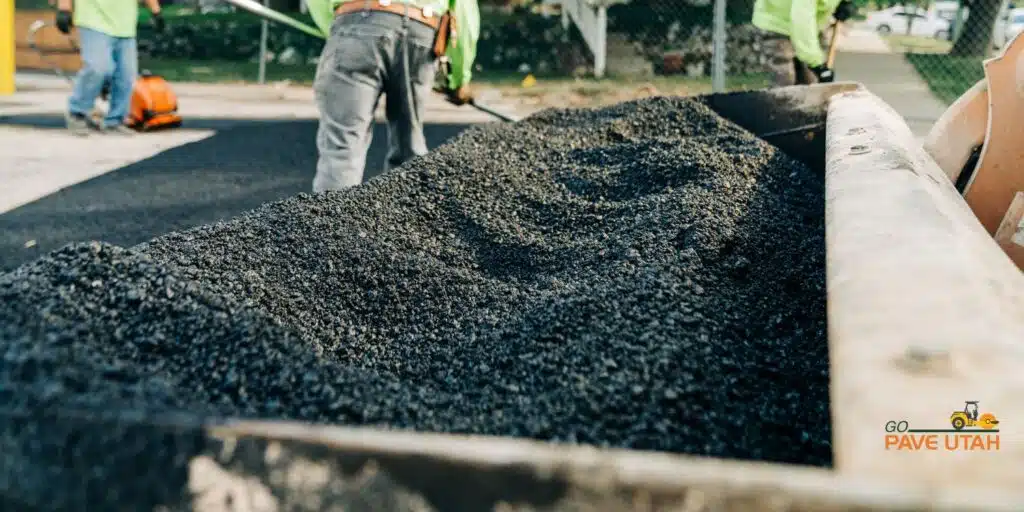
If you’re joining this blog, you’ve likely read Part 1 of this series, which included some common terminology in the paving industry. Let’s continue our definitions, as defined by the asphaltinstitute.org:
Micro-surfacing – A mixture of polymer-modified asphalt emulsion, crushed aggregate, mineral filler, additives, and water for thin resurfacing needs.
Milling Machine – The machine that pulverizes and removes layers of asphalt materials from pavements.
Natural/Native Asphalt (Lake Asphalt) – Asphalt that occurs in nature, which has been derived from petroleum through a natural process of evaporation, leaving asphalt fractions. The most important native asphalt is found in the Trinidad and Bermudez Lake deposits.
Pavement Base – The underlying pavement course just atop the subbase and just under the top course.
Pavement Structure – The pavement itself in its entirety, which includes all the courses and mixes.
Plant Screens – Screens located in between the dryer (device that dries and heats aggregates to specific temperatures) and hot bins (storage bins for heated and fractioned aggregates before they go into the mixer)
Poise – The dynamic/absolute viscosity in the centimeter-gram-second (cgs) system of units. One poise is equal to 1 gram/centimeter second.
Quality Assurance/Quality Control – Actions taken/system used by contractors to ensure a satisfactory pavement. Includes sampling, testing, inspection, and corrective action (if necessary).
Reclaimed Asphalt Pavement (RAP) – excavated asphalt, typically through milling, which is used like an aggregate in a recycled asphalt pavement.
Resistance Value (R-value) – A test for evaluating bases, subbases, and subgrades for pavement thickness and design.
Rubblization – The pulverization of cement concrete pavement to reduce the existing layer to a structural, solid base that is compatible with an asphalt overlay.
Sand Asphalt – A mixture of sand and asphalt cement, cutback asphalt, or emulsified asphalt generally used in the construction of both base and surface course.
Scaling – Peeling or disintegrating surface of Portland cement concrete.
Seal Coat – A thin surface treatment used to improve the texture of the pavement’s surface and to protect the asphalt. Some main types include fog seals, sand seals, slurry seals, micro-surfacing, and chip seals.
Segregation – The non-uniformity of ashplant mixtures. Can be either physical segregation (non-uniform distribution or separation of aggregate sizes throughout the mixture) or thermal segregation (non-uniform temperature distribution throughout the mixture).
Slurry Seal – A mixture of emulsified asphalt, well-graded fine aggregate, mineral filler (or other additives), and water. Slurry seal can fill minor cracks, restore surfaces to a uniform texture, and restore friction values.
Solubility – A measure of the purity of the asphalt cement/the portion of the asphalt cement that is able to dissolve in a specific solvent.
Subgrade – The soil prepared to support the overall pavement structure or system/the foundation.
Wet Mixing Period – The time between the beginning of an application of asphalt material into a pugmill (machine which materials are extruded in a plastic-like state) and the opening of the discharge gate.
Yield – The spread rate or amount of material applied to an area/distance material will cover.
For more asphalt terminologies, check out The Asphalt Institute’s Glossary of Terms. For any paving questions, reach out to Go Pave Utah for assistance.
